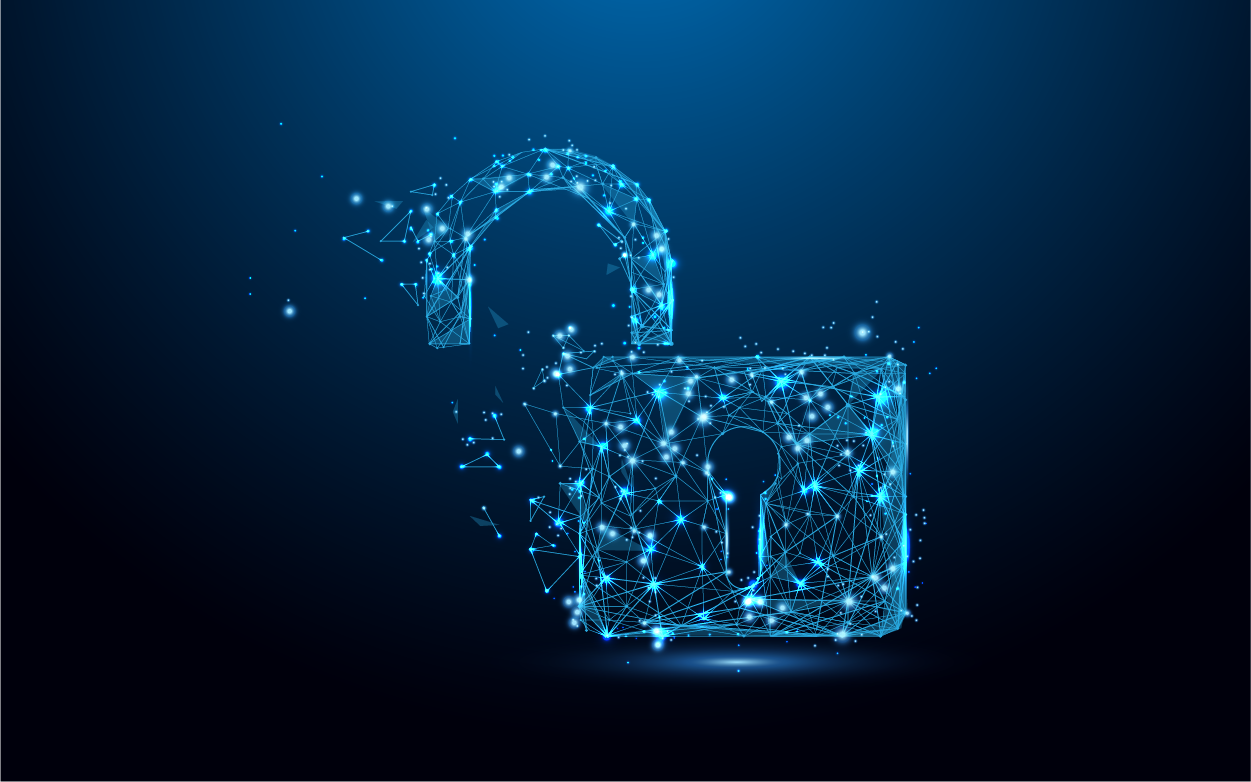Whether a college or university is dealing with software renewals or improving IT
cost-effectiveness, LabStats offers solutions tailored to the unique needs of higher education institutions.
Renewing software licenses at higher education institutions is often a daunting task, characterized by time-consuming processes and significant expenses. Constantly fluctuating demands for high-end software programs, such as SPSS, Mathematica, AutoCAD, and Photoshop, combined with a steady influx of requests from faculty and students, have compelled many IT leaders to resort to site-wide licenses as a default solution. However, it's time to challenge the status quo.

Accurate software usage data has the potential to revolutionize how IT teams optimize software licensing and curtail unnecessary expenditures. Colleges and universities rely on LabStats to acquire profound insights into software utilization, equipping them with the knowledge they need to make informed decisions during software license negotiations.
This article explores effective strategies for enhancing software licensing and deployment with LabStats and delves into how LabStats enables institutions to harness the power of data and transform the landscape of higher education software management. Whether IT departments are grappling with the complexities of software renewals or aiming to make their operations more cost-effective, LabStats offers solutions tailored to the unique needs of higher education institutions.
Conduct Regular License Audits
Conducting periodic license audits using LabStats is essential for managing software efficiently. LabStats data can help prevent over-purchasing and reduce waste.
LabStats' reports and Power BI dashboard templates can be leveraged to identify trends in software usage and opportunities for optimizing deployment. The best practice is to begin by analyzing the maximum concurrent usage of high-end software (i.e., the number of instances the same applications or websites are in use at the same time) for targeted budget impact.
Consider the following strategies when analyzing software usage data:
- When the maximum concurrent usage is low: If the maximum concurrent usage throughout the semester falls significantly below the total number of licenses, there is an opportunity to streamline and reduce licenses, freeing up budget resources for other needs.
- When the maximum concurrent usage is high: If the maximum concurrent usage is consistently high and closely approaches the total number of licenses deployed, further investigation is needed. Conduct a detailed analysis by examining individual computer labs and classrooms to pinpoint those experiencing the highest demand. Consider variables such as enrollment, location, and hours of operation.
- When usage is concentrated: In cases where high usage is concentrated within specific computer labs, leveraging LabStats' discoverability tools, such as LabMaps and the Remote Access Dashboard, becomes advantageous. These tools can effectively guide students to less-utilized computer labs and remote-only machines, ensuring a more balanced distribution of resources.
Virtualize Remaining Licenses
Consider virtualizing applications with low usage or resource-intensive requirements. This allows users to access the software without needing dedicated installations on specific devices, thus reducing costs and maintenance.
Many universities virtualize software applications that report low usage or are highly resource intensive. This strategic virtualization leads to significant cost savings.
Removing software from machines doesn't mean sacrificing accessibility. It's easy to convince a department head or dean that reduced spending on software won't impact availability for students and faculty.
Improve Application Discoverability
LabStats' discoverability tools, such as LabMaps and the Remote Access Dashboard, guide users to underutilized computer labs or virtualized resources. These tools not only help students and faculty find the software they need when they need it, they also allow institutions to provide just the right amount of software to meet the demand.
The expanded API endpoints in LabStats can also be used to create navigation apps in line with an institution's mobile app. Utilize the address or GPS coordinates from the college's or university's technology center and the default map application on students' mobile phones for a seamless experience.
Prepare for Software Renewal Negotiations
When software contracts come up for renewal, use LabStats data to negotiate more favorable terms. Demonstrating data-driven usage patterns can lead to significant cost savings.
For instance, at a large commonwealth university, LabStats data proved that less than 5 percent of enrolled students used any Adobe Suite product in a given year. The staff used this data to negotiate a $300,000 reduction in its Adobe bill.
LabStats, trusted by thousands of colleges and universities worldwide, can monitor hundreds of software applications, providing valuable data for CIOs. By implementing these strategies and leveraging data-driven insights from LabStats, higher education institutions can enhance software licensing and deployment, resulting in cost savings, improved resource allocation, and a more efficient IT environment tailored to the unique needs of each institution.
© 2023 LabStats.

